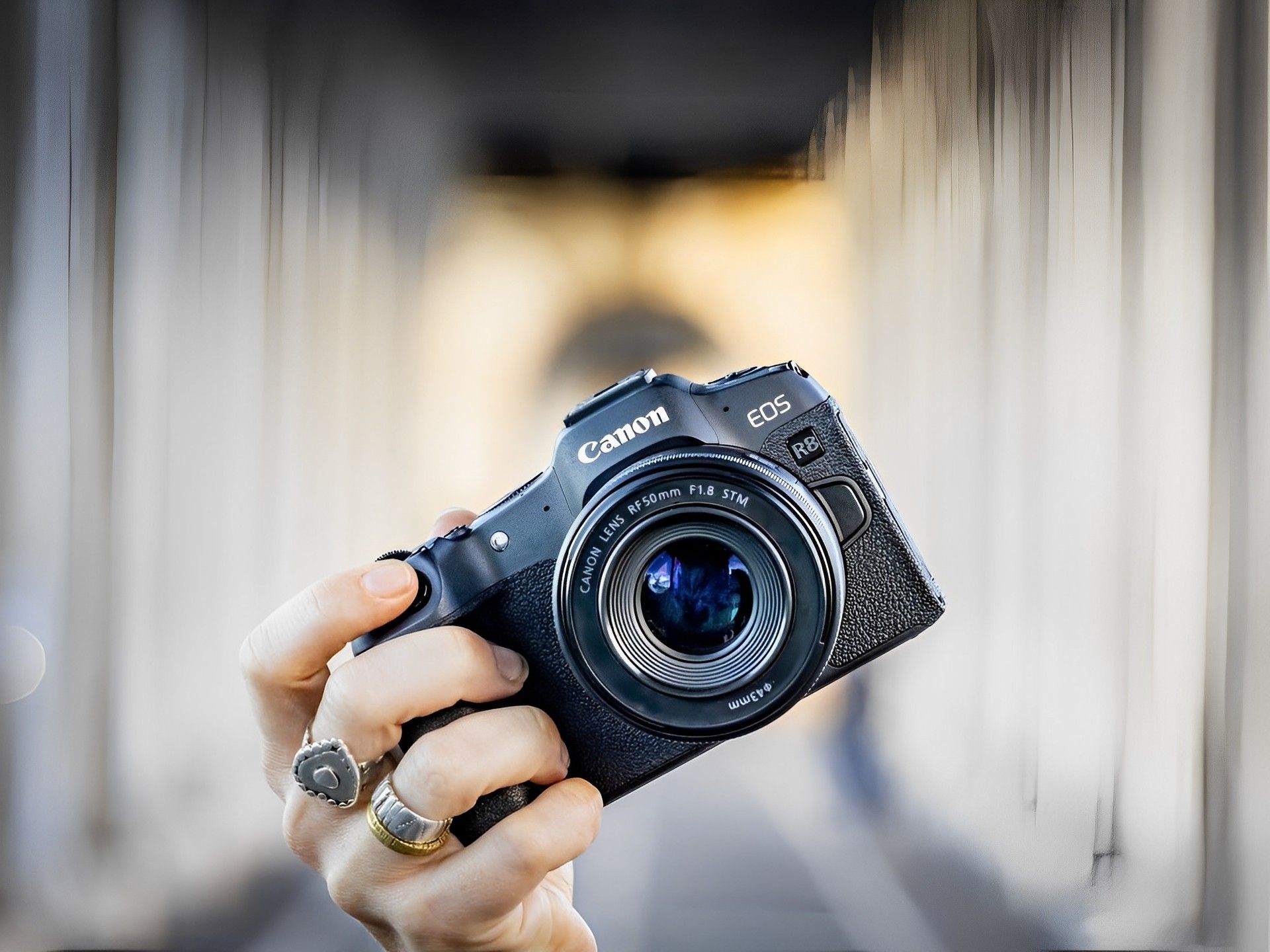The Canon EOS R8, a full-frame mirrorless camera, has just been unveiled by Canon. The company explains that it is designed for amateur photographers and videographers. In Canon’s EOS R system, the Canon EOS R8 will be located above the EOS RP and below the Canon EOS R6 Mark II. According to Canon, it is intended for students as well as content creators and users of APS-C cameras who may be considering upgrading to full-frame.
As good news to the videographers and hybrid shooters, the Canon EOS R8 will be able to capture the vital 4K footage at 60 frames per second. This video has been oversampled from 6K to improve clarity. Users of the EOS R8 have the option to make slow-motion movies thanks to the camera’s Full HD 180fps recording capability. So, let’s dive into the specifics of the new model.
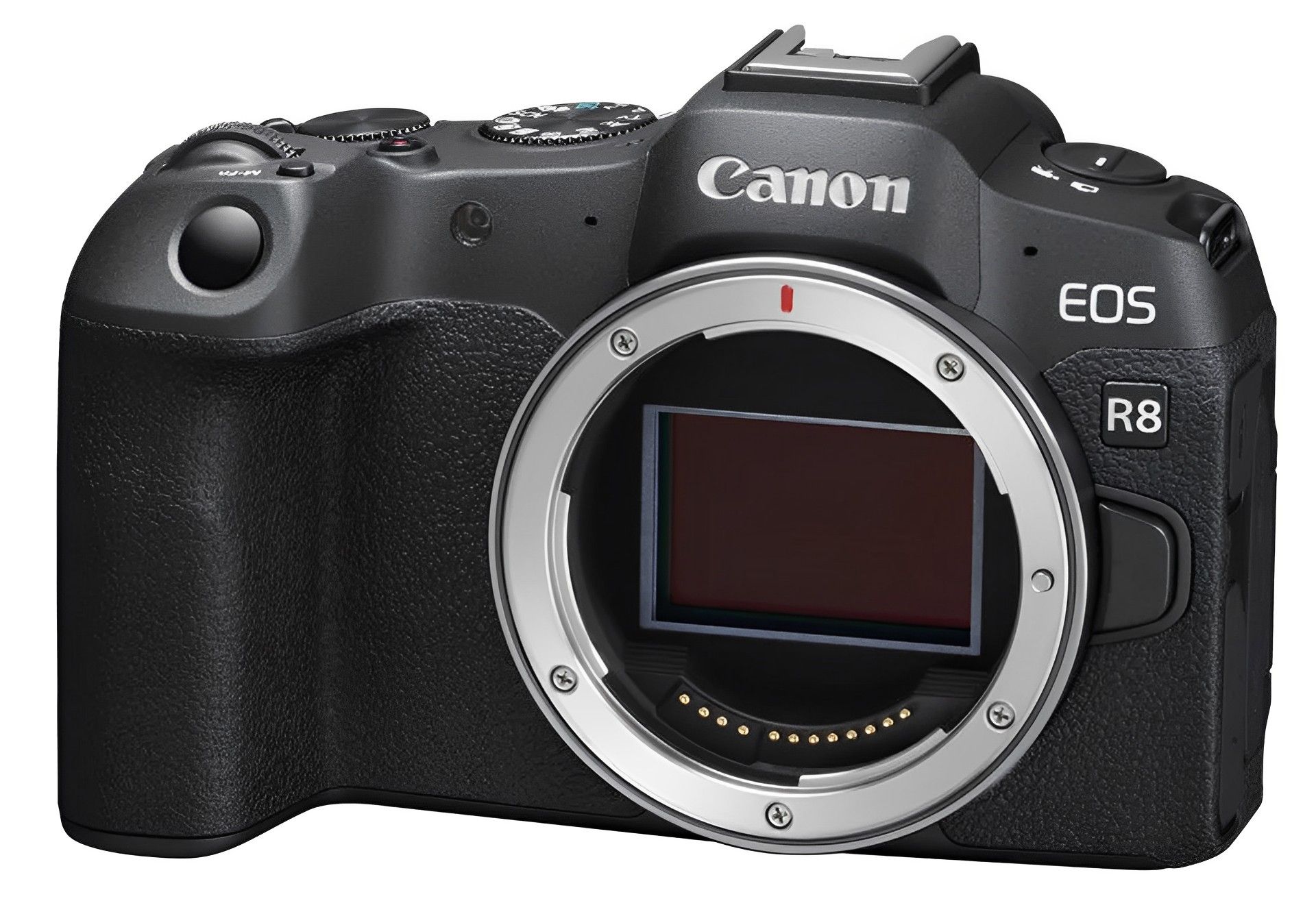
Canon EOS R8 specs
The $1000 more costly EOS R6 Mark II camera’s sensor and AF system are basically added to the body of the entry-level EOS RP in the EOS R8. In the long run, it practically replaces the original EOS R and perhaps the RP. It also poses a serious threat to models like Nikon’s Z5 and Sony’s older a7 models that are still in production. Here’s a recap of particular features of Canon EOS R8.
- The R8 shares the same 24-megapixel sensor, Dual Pixel AF, DIGIC X processor, and AI-powered subject identification as the Canon R6 Mark II. Although there are many similarities, the R8 is lighter and smaller which makes significant compromises to achieve a cheaper entry cost.
- The camera has a maximum shutter speed of 40 FPS and can shoot up to six frames per second (FPS). But the Canon EOS R8 lacks a mechanical shutter and in-body image stabilization, therefore it must rely on image-stabilized lenses to lessen vibration.
- Additionally, the Canon R8 has focus stacking capabilities and, when combined with the automatic A+ creative mode, can perform subject-based HDR stacking automatically.
- When equipped with a battery, SD card, and no battery cap, the camera weighs a little over a pound (461 grams). It is 5.22 x 3.39 x 2.76 inches in size (132.5 x 86.1 x 70.0 millimeters). Although it loses a joystick and the image rating buttons on the camera’s back, the R8 has a similar exterior to the Canon R6 Mark II.
- Similar to The Canon R50, R8 makes use of the same diminutive battery. Although PetaPixel’s testing revealed that the battery in the R8 ran out before a full day of mixed video and still photography, Canon did not offer CIPA ratings for the R8’s battery.
- Also, the Canon R8’s hot shoe has been updated, and like the R6 II, it is a modern digital design that enables the R8 to function with some direct-connect mics without the requirement of an external connection.
- The R8 contains a USB connector for charging and UVC/UVA online streaming, a Micro HDMI port, and a microphone and headphone jack hidden under moisture-proof covers.
- The 3.0-inch touch-sensitive LCD flip-out screen features 1.62 million dots and is touch-sensitive. In addition to other functions, the screen may be utilized for AF point selection, Touch AF, Touch Shutter, Menu Selection, Quick Control, and Magnification.
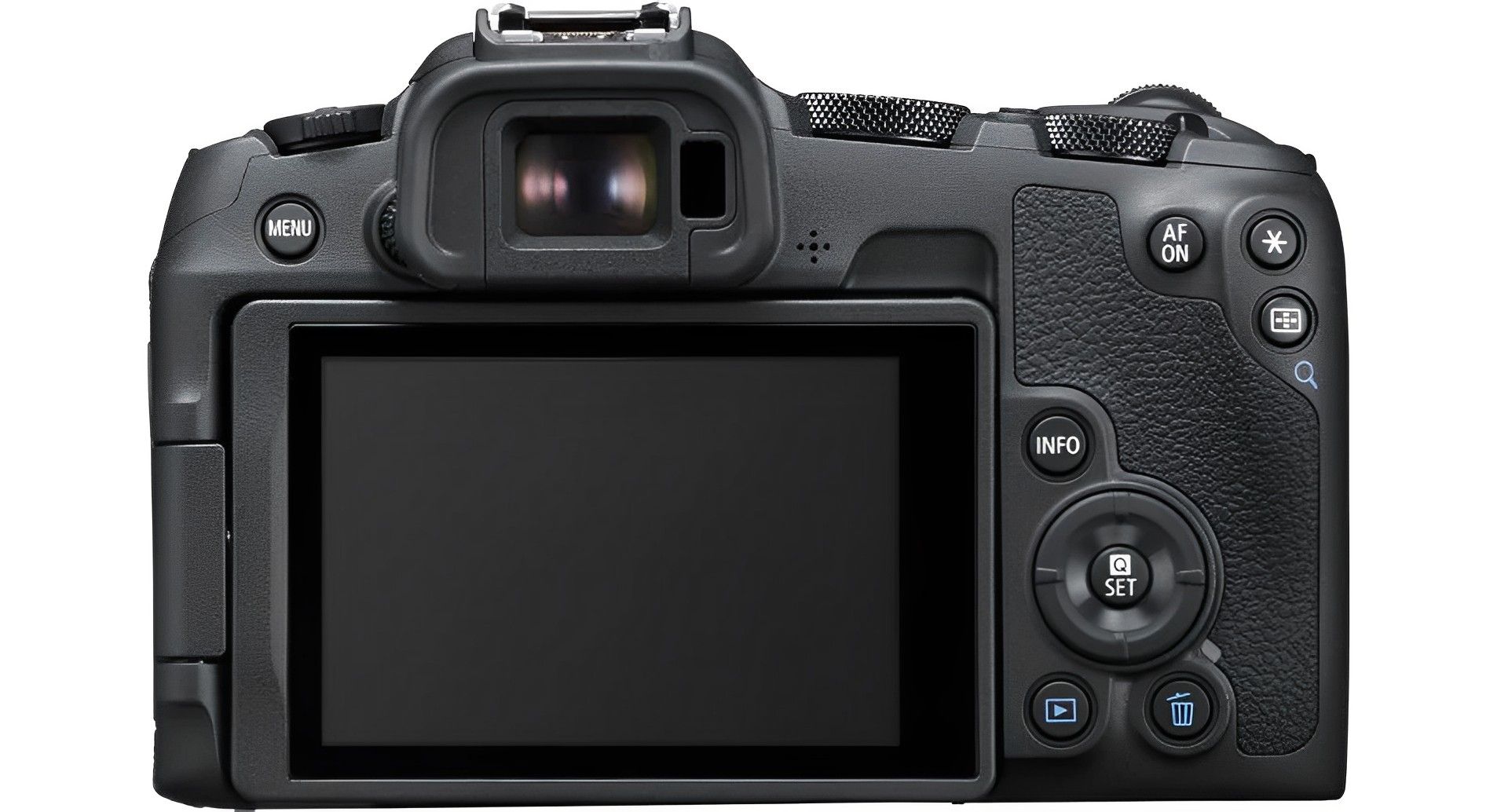
Video features
The micro-HDMI connection on the R8 can produce crisp HDMI signals up to 4K 60p. The R8’s internal recording capacity is up to 30 minutes of 4K UHD @60p. Additionally, it can record in Full HD at 180p, 150p, and 120/100p for 30 minutes, as well as uncropped 4K UHD at 30p and Fully HD at 30p for two hours.
The R8 can capture up to 10-bit 4:2:2 H.265 HEVC and record in C-Log 3. Vertical video metadata, a movie self-timer, and audio noise reduction are all features of the EOS R8.
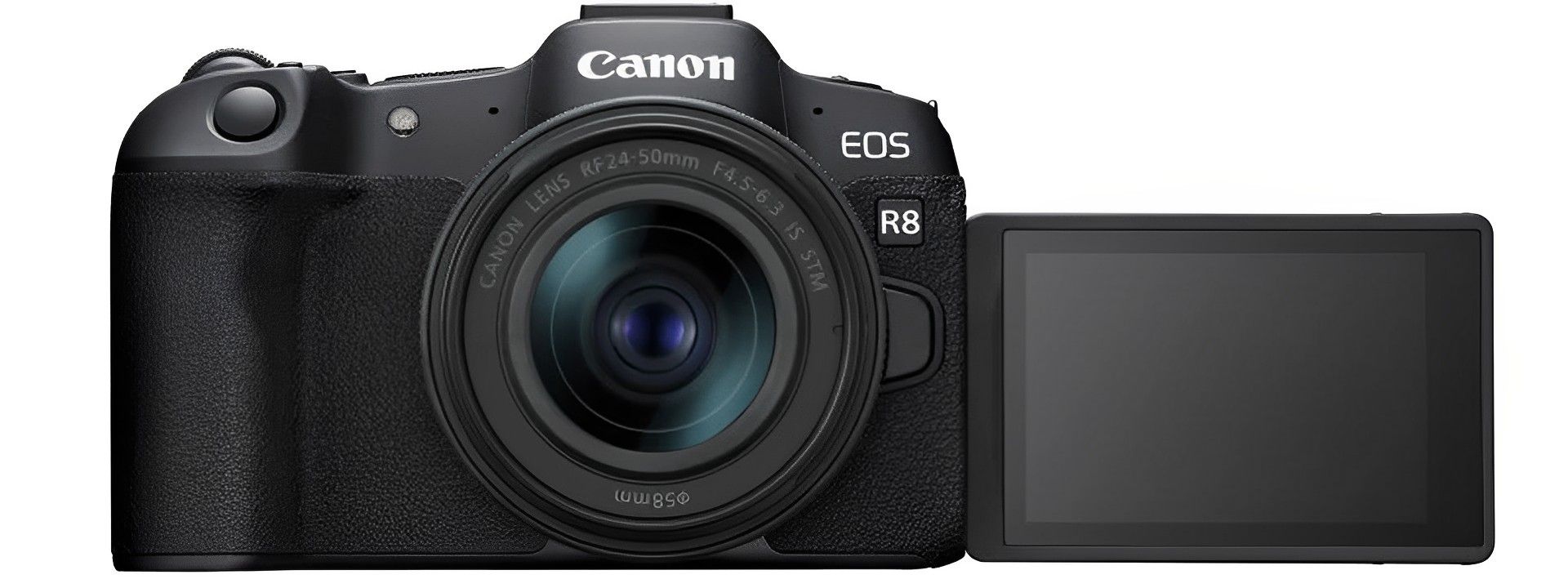
Quick control
The new automated shooting mode that is available on the Canon R8 is accessed by adjusting the mode dial to the A+ position. This setting opens a number of creative modes while offering expert shooting aid. These modes and the challenging interactions they produce with the camera are examined in the PetaPixel R50 and R8 reviews. In conclusion, it seems doubtful that the Canon R8 will employ these modes very often.
Canon EOS R8 release date
On February 8, 2023, Canon introduced the EOS R8, and according to the announcement, it is expected to be available in March. However, shipping probably won’t begin until the middle of April.
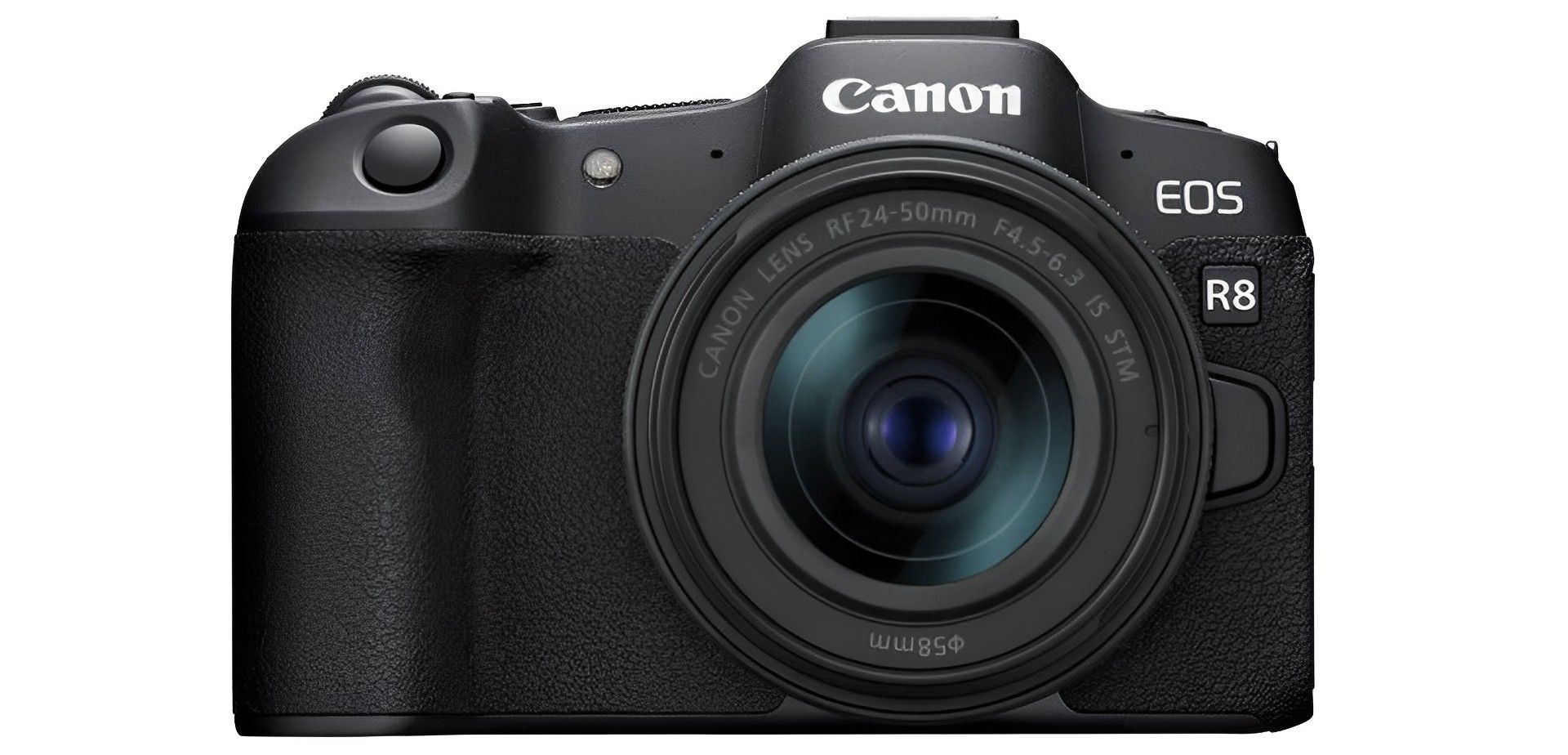
Canon EOS R8 price
The Canon R8 will be sold in a bundle with the new RF 24-50mm f/4.5-6.3 IS STM full-frame lens, which Canon recently unveiled. The R8 will cost $1,500 for the body just. The cost of the R8 with 24-50mm package is expected to be $1,700. In “spring 2023,” the R8 and the brand-new RF 24-50mm lens is expected to go on sale.
You may preorder the Canon ESO R8 from the link here.
For more information on Canon cameras, make sure to read the articles below.
- How to change the shutter speed on canon
- Canon depth of field preview button
- How to change f on canon

